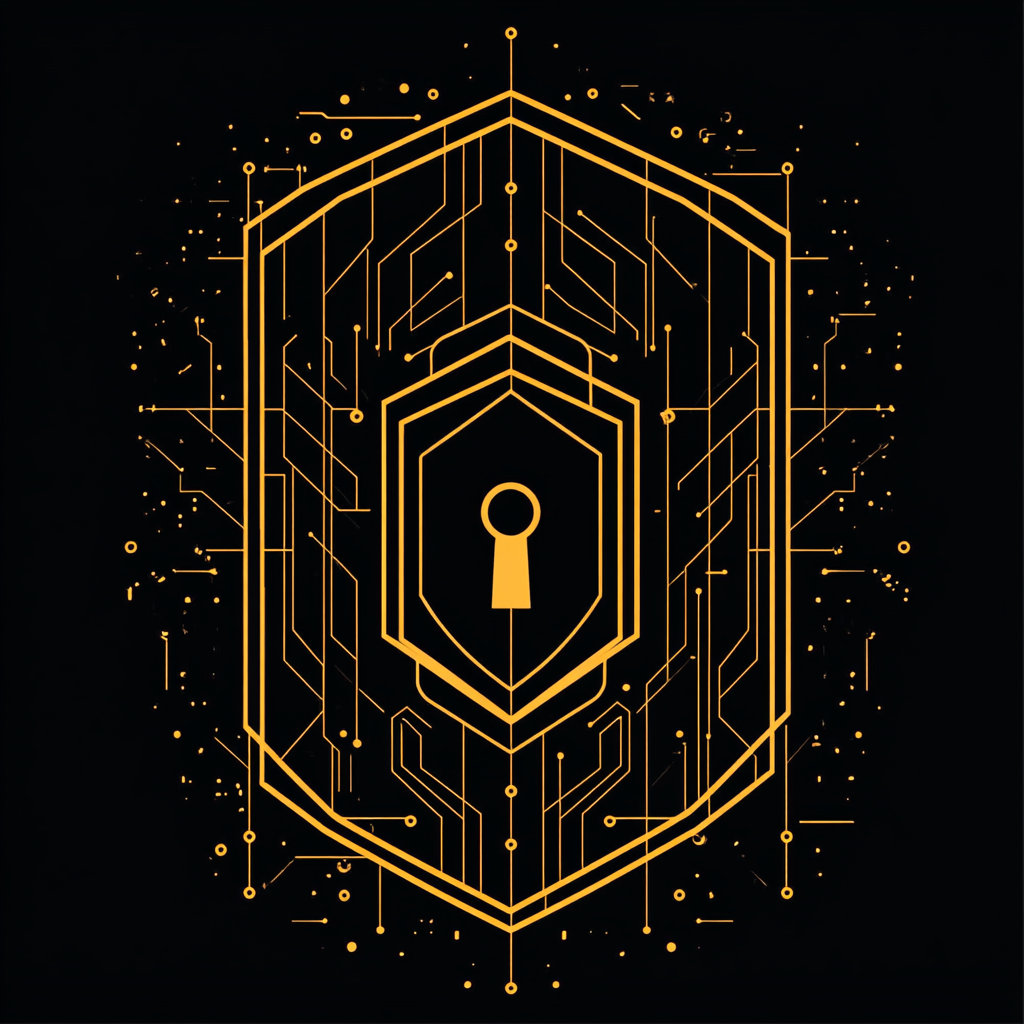The modern business environment is in the treatment of cyber attracts. With the benefits of digital assistance, we are also exposed to cyber-attack. From small to giant businesses, everything comes under this threat.
Hacking and breaches are becoming a norm in our society. From businesses to individuals, everyone is scared of it. Well, cyber-attacks are more threatening than they actually are because we all have limited knowledge about them.
This is why companies consider cyber security services ensuring a protective environment for their employees and overall organization. Their main aim is to implement cybersecurity practices to safeguard sensitive digital information and maintain operational integrity.
However, to keep things intact with cybersecurity, we have found the five major practices to be both prominent and effective for marketers.
Use Strong, Unique Passwords
One of the simplest yet most effective ways to enhance cybersecurity is to use strong, unique passwords. Create complex passwords by combining uppercase and lowercase letters, numbers, and special characters. Ensure your password is at least 12 characters long. Use our empty character tool to detect and remove hidden spaces, keeping your passwords secure and protected from vulnerabilities.
Additionally, refrain from using the same password across multiple sites. If one account is compromised, others are at risk if they share the same password. Consider using a password manager to generate and store complex passwords securely. This tool can also help you manage passwords for different accounts and services without remembering each one individually.
Implement Multi-Factor Authentication (MFA)
Multi-factor authentication (MFA) is not new in the market. We all know that, but we are still reluctant to add this extra layer of security to our operations.
However, it only requires users to take an extra step for the verification process. Yes, it takes extra time every time, but that might not be a big deal to keep your processes and data safe.
Typically, MFA involves something you know (a password), something you have (a smartphone or hardware token), or something you are (biometric data like fingerprints or facial recognition).
Enabling MFA significantly reduces the risk of unauthorized access, even if a password is compromised. Many online services and platforms offer MFA options, so be sure to enable it wherever possible to enhance your security.
Keep Software and Systems Updated
Regularly updating software and systems, including exploring WorkOS alternatives, is critical for protecting against cyber threats. Software updates and suitable alternatives often include patches and fixes for vulnerabilities that attackers could exploit. Ensure that your operating system, applications, security software, and Proof-of-Stake (PoS) protocols are up-to-date with the latest versions.
Automatic updates are a convenient way to ensure that you’re always running the latest software, but it’s also good practice to manually check for updates regularly. This applies to both personal devices and organizational systems, as outdated software can be an easy target for cybercriminals.
Educate and Train Users
Human error is often a major factor in cybersecurity breaches. Educating and training users about cybersecurity best practices is essential for preventing attacks. Conduct regular training sessions that cover topics such as recognizing phishing attempts, handling suspicious emails, and safe browsing habits.
Encourage users to report any unusual activity or security concerns immediately. By fostering a culture of awareness and vigilance, you can reduce the likelihood of successful attacks and ensure that everyone in your organization plays a role in maintaining cybersecurity.
Backup Data Regularly
Data backups are a crucial component of a comprehensive cybersecurity strategy. Regularly backing up important data ensures that you can recover information in the event of a ransomware attack, hardware failure, or other data loss incidents. Implement a backup strategy that includes both local and cloud-based backups for redundancy.
Automate the backup process to ensure that backups occur consistently without manual intervention. Periodically test your backup system to verify that data can be restored successfully. A well-maintained backup system can be a lifesaver during a cyber-attack and minimize th








